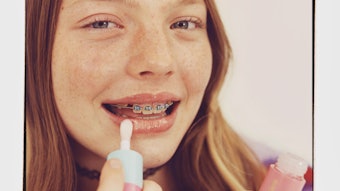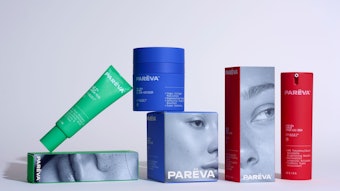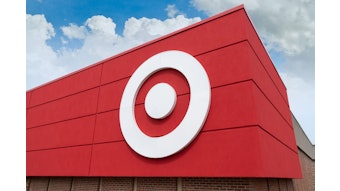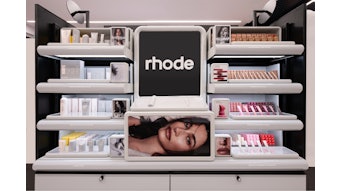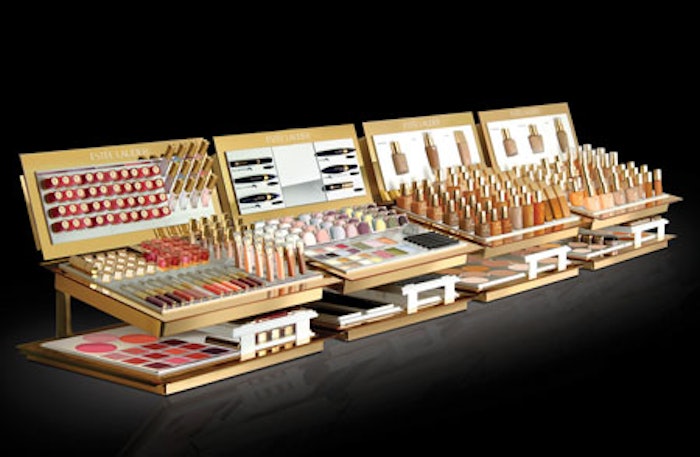
- Cost considerations of display marketing have become more important than ever, and brand owners can save money by requesting displays that can stay on the floor for much longer durations.
- The retail environment is key, and though stores have their own identity, there still has to be some synergy so the brand can be easily recognized by the consumer in every retail environment in which it sells.
- Discerning shoppers are now pre-planning their purchases and looking to the display to tie in with product advertising and brand loyalty programs.
Today’s environment of diminishing consumer dollars and the increasing clout of retail giants means that product managers and their respective marketing teams must reassess the needs of retailers and consumers—as well as their own. All have a different viewpoint on what they now deem important, yet all three carry equal weight in the equation to move more product at the point of purchase.
New Sensibilities in Display Advertising
Up until the recent recession, brand owners banked on healthy marketing increases of 5–7% per year, by conservative estimates. But those days are over. Brands must now work harder for scarcer consumer dollars, and some experts feel point-of-purchase (P-O-P) displays can best help this endeavor.
More than ever, the way to entice the customer is at the point of sale. Many forward-thinking companies and brand owners, including P&G, have their fingers on the pulse of the industry, and they reprioritized the way they sell. They cut from other marketing areas and funneled it into point of purchase.
For this reason, the design and quality of displays must perfectly reflect the brand identity. Here is where decisive engineering and outstanding service enables great design.
For example, MAC Cosmetics recently created a display idea that incorporated abstract artwork with unique colors that proved challenging to color-match, and it also sought a totally new texture for the display material. It took nine iterations to reproduce the color correctly and a special vacuum-forming process to create the texture, but it was worth it because image is everything in the beauty industry. That image transcends to how the consumer feels about herself when she buys the product.
At the same time, there’s no denying that the cost considerations of display marketing have become more important than ever.
One way for brand owners to save money is to request displays that can stay on the floor for much longer durations. Hence, not only is the durability of the materials used important, but also the ease of update. So even though a display may sit on the counter for four to five years, the graphics and other brand identity aspects can be refreshed periodically for new product launches as needed.
Another trend involves the shrinking of product planning cycles from annually to as soon as quarterly. Display manufacturers have managed to keep pace through the employment of computer-aided design technologies, rapid-prototyping systems, UV screening and ultrasonic assembly lines and laser cutting and CNC routing systems—all of which allow for rapid and cost-effective deployment of new display faces to keep up with seasonal changes and new product introductions.
Retailers Weigh in Heavily in Design Decisions
If anything, P-O-P displays have gained even more importance in the eyes of the retailer since the ranks of sales personnel have been reduced through economy-driven layoffs. The display, alone, must often sell the product. Yet, retailer-driven demands have only increased with the emergence of “store as brand.” Having to integrate the display into the overall store design makes it tougher for brand owners to differentiate their products at the point of purchase.
But the retail environment is key. Stores have their own identity—the product display at a major department store will look very different from the display for the same product sold at a warehouse club. But there still has to be some synergy between the two so the brand can “live” and be easily recognized by the consumer in either venue.
Innovative design and good teamwork on the part of the P-O-P display manufacturer can address these competing demands.
One new trend is for some manufacturers to go to the big retail chains first, ask them what they expect in a display, and then approach the display manufacturer to arrive at a solution that pleases all three parties. With up-front knowledge of the product manufacturer’s concerns—such as aesthetics, size, cost, expandability and updateability, as well as the retailer’s concerns (which include in-store logistics issues such as traffic flow and lighting)—the display designer can incorporate all facets into one display that improves sales.
Take the aspect of the increasing need for the display to fit the most amount of product in the smallest amount of space.
Design Display Group (DDG), for example, often receives requests to design a display that’s limited to a 12-inch by 12-inch footprint, as per the retailer, so that it won’t block an aisle or fit onto an already crowded counter. But if the display must feature a tall riser with a big graphic, it could fall over backward. Overcoming these physical constraints is part of the engineering of the display. Sometimes DDG will build in weight to the base—things like wood, metal strips or lead pellets.
The Customer-centric Focus of Today
The third viewpoint, and perhaps the most important, is the consumer. In part, due to increased Internet browsing and aggressive direct mail programs, discerning shoppers are now pre-planning their purchases and looking to the display to tie in with product advertising and brand loyalty programs.
Displays can make or break the consumer’s perception of the brand and its experience. A successful display will telegraph to the shopper that the product and the display are integrated, reflecting the quality of the product and the cohesiveness of the advertising message.
At the same time, the economic downtown forced consumers to spend greater time comparing product value at the point of purchase.
Ease of selection is exceptionally important; the display that facilitates testing or handling has an edge over those that don’t. For example, a hair dryer display should offer dummy products (without a cord) so that women can pick them up to check the handle for comfortable fit and determine if the weight isn’t too heavy.
The use of sturdy materials such as injection-molded and vacuum-formed plastics, wood, metal, wire, and heavy-duty corrugated cardboard help ensure that displays will hold up to all the wear-and-tear in the field.
By considering the new realities of retailer and consumer demands, product manufacturers can specify displays that propel increased sales despite challenging times. Display designers/manufacturers must take this complicated retail world and simplify it, although it may not appear that way to the consumer. Subconsciously, the display attracts the consumer, with a strong message—“Buy me.” But in the end, the consumer will get home and say, “Look at this cool thing I found.” And that’s the mutual goal for brand owners and P-O-P manufacturers.
Andrew Freedman is the CEO of Design Display Group (DDG). Founded 25 years ago, New Jersey-based DDG is an innovator in merchandising design and display branding and a leading manufacturer of displays and fixtures. 1-201-438-6000; www.designdisplaygroup.com
